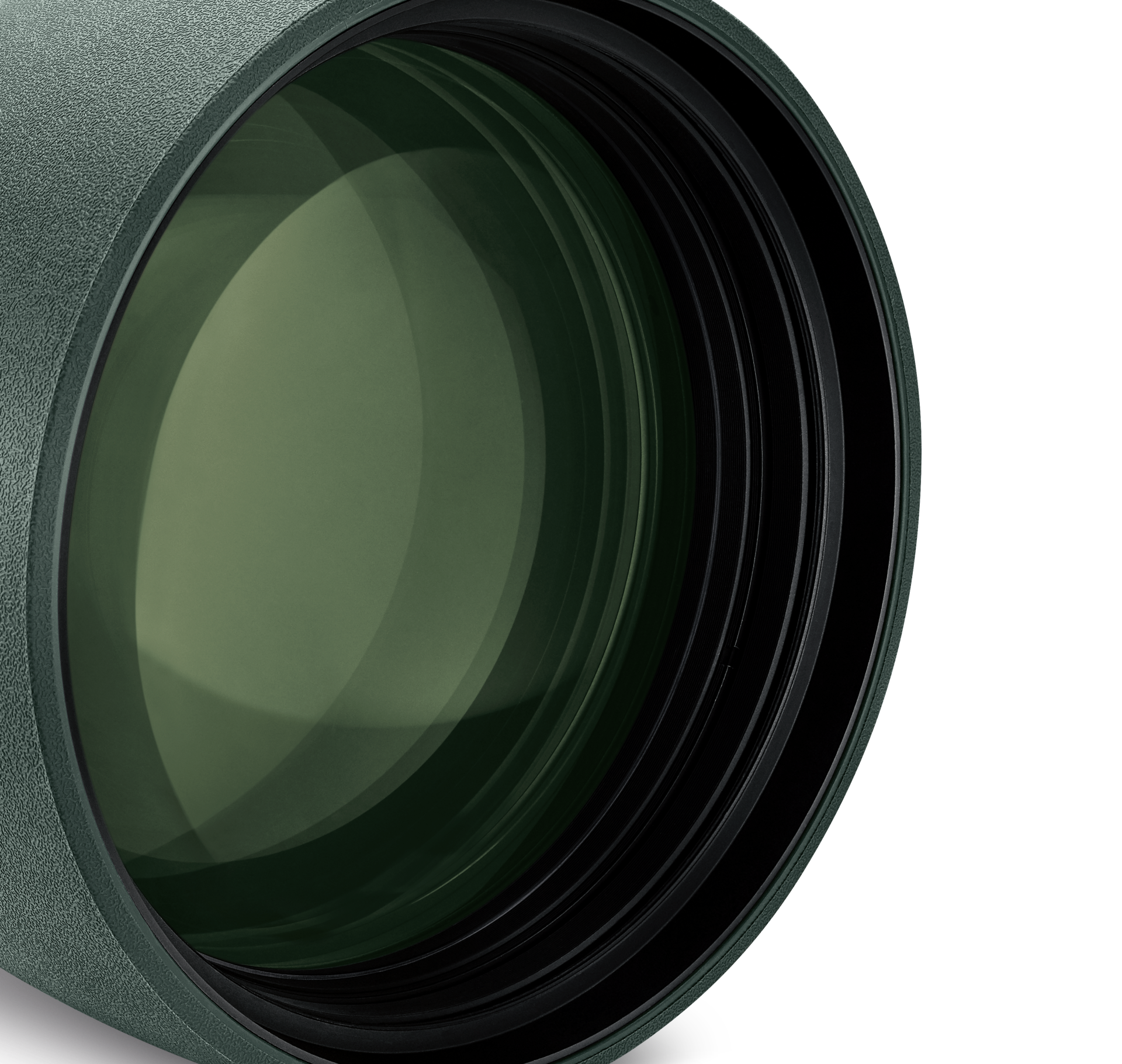For breathtaking viewpoints


Menu
Products
Intended use
Service


Product & Technical Services, Tips & Care, Tutorials, Downloads, Declarations of conformity

The ST Vista impresses with outstanding optical quality based on the established STX spotting scope range. It is also extremely easy and intuitive to use, very robust, totally weatherproof and boasts a number of innovative design features. On the technical side, the ST Vista stands out thanks to its 30x fixed magnification, 95-mm objective lens aperture, and focus range of 30 meters (33 yards) to infinity. Handling is very flexible because the ST Vista can be pivoted 360° horizontally and tilted ±45° vertically.
This product is currently not available in our online store.
For breathtaking viewpoints


The ST Vista impresses with outstanding optical quality based on the established STX spotting scope range. It is also extremely easy and intuitive to use, very robust, totally weatherproof and boasts a number of innovative design features. On the technical side, the ST Vista stands out thanks to its 30x fixed magnification, 95-mm objective lens aperture, and focus range of 30 meters (33 yards) to infinity. Handling is very flexible because the ST Vista can be pivoted 360° horizontally and tilted ±45° vertically.
 ST Vista 30x95
ST Vista 30x95 Customer ServiceMO - TH 8:00 - 17:00 AND FR 8:00 - 12:0000800 3242 5056customerservice@swarovskioptik.com
Customer ServiceMO - TH 8:00 - 17:00 AND FR 8:00 - 12:0000800 3242 5056customerservice@swarovskioptik.com